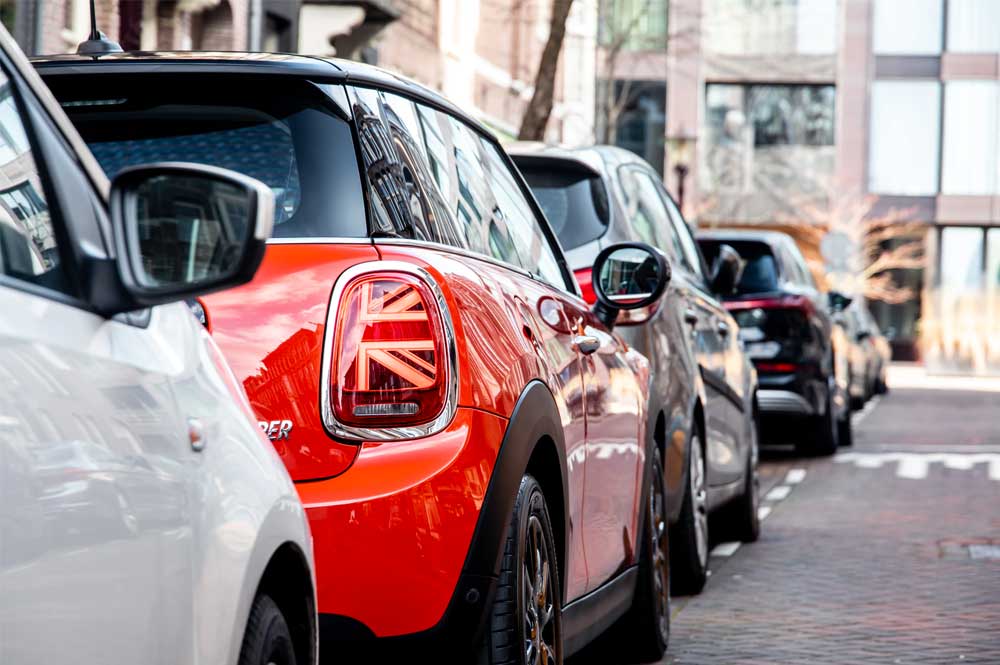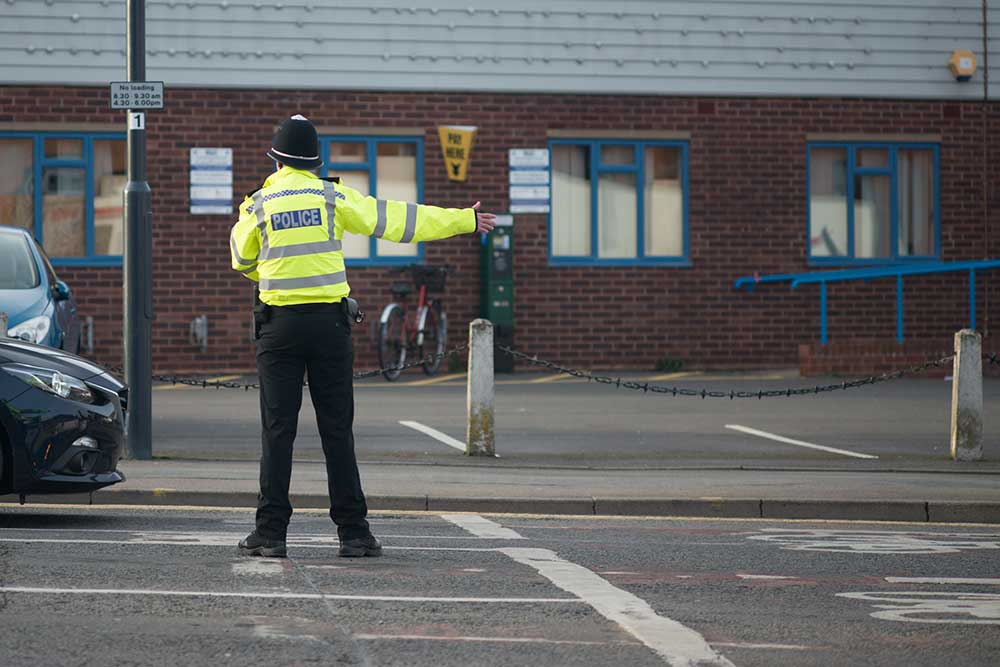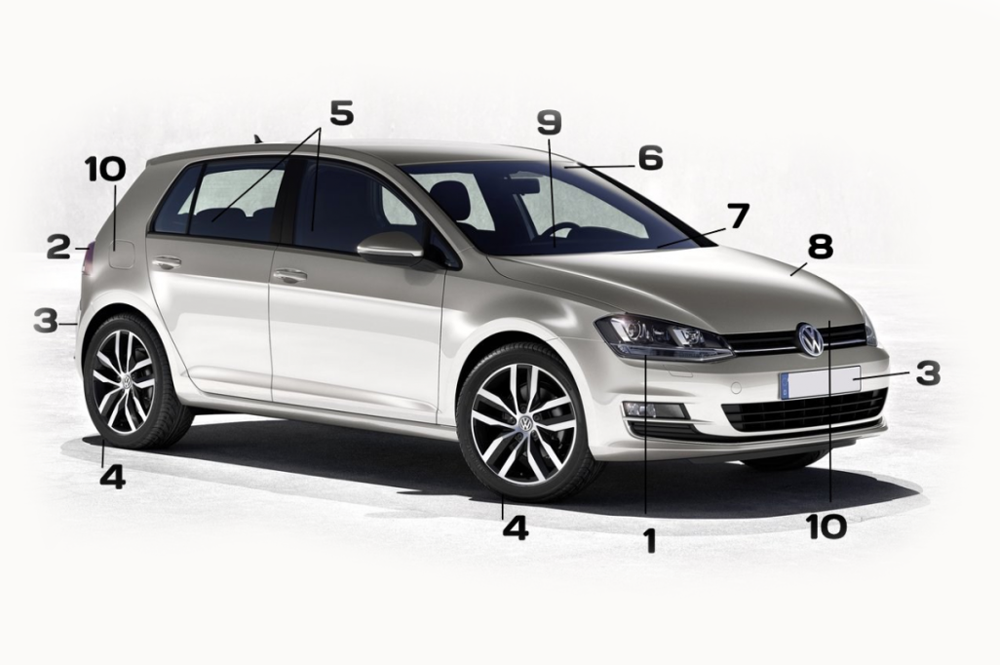Guide to GAP Insurance: What is it and Do you need it?


For many of us, GAP insurance is perhaps not something we’re too familiar with and certainly, most of us wouldn’t know what it is or whether we need it. This guide is designed to uncover all the information you need to make an informed decision on whether GAP insurance is something you really can’t afford to be without when it comes to your pride and joy.
In a nutshell, GAP insurance or Guaranteed Asset Protection will effectively cover the deficit if your car insurance payout is less than the cost or value of the vehicle when you bought it. For example, if your car cost £30,000 when you bought it but under an insurance claim, your insurers paid market value of, say, £20,000, taking out a GAP policy will pay out the difference of £10,000. Whilst GAP insurance is more commonly associated with new cars because of their higher value, you can buy GAP insurance on used older models too. ALA’s useful shortfall calculator here will tell you just how much you might be out of pocket by when relying solely on your car insurance.
Vehicles can be costly, and for many, they are a long-term investment and asset that you don’t want to lose money on. A brand new car loses value as soon as it’s driven off the forecourt and, according to the AA, by driving just 10,000 miles a year could lose 60% off the vehicle’s value after three years. A £25,000 car could be worth just £10,000 after this period. Added to this that vehicle theft now accounts for around one in seven crimes, GAP insurance certainly sounds like something worth considering, especially if your vehicle is subject to finance as you could be stuck making repayments for a car you no longer have. Having GAP insurance in place undeniably gives much-needed indemnity and reassurance if anything untoward were to happen to your vehicle.
This type of insurance is certainly more beneficial to those with newer vehicles as the value depreciates that much quicker than it does on older cars. The newer, more expensive a vehicle is could also make it more prone to theft. If you purchase your vehicle with finance, you need to consider whether you will cover those continuing repayments if your insurance company doesn’t pay out enough to cover the balance.
GAP Insurance covers the deficit between what you paid for your car the day you bought it, and what your comprehensive insurance policy will payout in the event of a total loss incident.
As with most insurance, there are various GAP insurance products available each offering slightly different coverage, so speaking with dedicated specialists such as ALA Insurance can deliver the right product specifically for you. A brief explanation of the various options are below:
Perhaps one of the most specific insurance products, it’s designed to fulfil any outstanding finance repayments on a vehicle that’s been written off, and is often an add-on to other forms of coverage as part of a package.
This type of policy is aimed at those whose loan amount is higher than the cost of their car. This occurs when someone has part-exchanged a vehicle before the finance has been paid off thereby transferring the remaining amount to a new deal thereby covering historical debt.
A Return to Invoice GAP product (also known as Back to Invoice) will bridge the gap between your car insurance payout and the amount you bought the vehicle for initially. This type of policy can often be combined with Finance GAP Insurance.
This type of policy makes provision for the difference between your car insurance payout and the cost of replacing your car with a new one (if it was brand new originally). A Vehicle Replacement GAP policy is also a good option for those who may have received discounts from the dealer when purchasing their car, and are concerned that they may not receive the same level of discount for the same car following a write off.
This particular policy is similar to the Invoice GAP Insurance policy. It’s also known as Agreed Value GAP Insurance. Instead of providing the same sum that you originally paid for the vehicle, it pays out the difference between your car insurance claim and your vehicle’s value when you initially purchased it. This option is ideal for those who’ve owned the vehicle for a long time or who have bought the car from a private seller rather than a garage.
Also known as Contract Hire GAP Insurance, this option is aimed at those who have leased their vehicle rather than purchasing it. Lease agreements tend to have many pre-determined repayments that are usually required to be settled if the agreement terminates early. These repayments could be costly if something were to happen to the vehicle. Taking out a Lease GAP Insurance policy will remove the worry and provide enough to satisfy any remaining repayments. More modern leasing often requires a large deposit at the start of the contract so you can protect this as part of your GAP insurance.
The short answer is yes if you don’t want to be out of pocket should anything happen to the vehicle during the contract period. Lease GAP insurance will cover pre-determined repayments that are payable if the contract is terminated early through the car being written-off or stolen. You can also cover any deposit you may have paid upfront at the start of the agreement.
GAP insurance isn’t mandatory and isn’t necessary for everyone. If your vehicle is stolen or written-off, your car insurance policy should cover a replacement car with another one of similar condition and age. If this type of cover is sufficient, then a GAP policy may not be right for you. However, you should seriously consider GAP insurance if:
– You buy a car on finance – Will you be able to cover any remaining finance repayments?
– Your vehicle depreciates in value quickly
– You’re looking to recoup the full original purchase price
By taking out a GAP Insurance policy, it removes the worry of ‘what if’ and provides you with the reassurance and knowledge that you’ll be covered. However, you should check your comprehensive car insurance policy as some insurers will replace a car bought from brand new if it’s written off within its first year. If this is the case, thoroughly check the terms and conditions to ensure there are no exclusions. If you’re happy that the cover offered is sufficient, then you need only consider GAP insurance prior to the end of the first year to ensure coverage is in place for the remaining time you own the car.
GAP insurance does not cover such aspects as personal injury or death, repairs to a vehicle, damage to property, repossession, courtesy cars, down payments for a new car, any effect on value caused by an accident, extended warranties added to a car loan or balances from old loan agreements on vehicles. Whilst there are optional policies that will individually cover some of these, they won’t be covered as standard and are likely to incur additional charges.
There are a few exemptions that will void any claim under a GAP insurance policy:
– You must have a comprehensive car insurance policy in place before taking out any GAP insurance product.
– Your car insurer must declare your car a total loss otherwise, any claim is invalid. Heavy damage without being written off is not applicable.
– Coverage applies to everyday road-legal driving, so will not cover vehicles used in competitive driving events or similar off-road activities.
– Only the original value is covered as part of your policy. If you modify your car in any way after you’ve bought it including the interior, exterior, the technology – anything that may have added any value – this won’t be met under a GAP insurance claim.
To make a claim on your GAP policy, there are a few things you need to do in a specific order:
– Firstly, you need to make a claim under your comprehensive car insurance policy and have your vehicle declared a total loss.
– Secondly, contact your GAP insurer before accepting any settlement offer from your car insurers who may take over the negotiations of your total loss claim.
– You need to complete and return any claim forms and provide any supporting documents that your insurer requests.
A GAP insurance policy’s cost depends on the type of policy, the value of the vehicle, and the term length of your finance agreement, but policies generally range from around £100-£300 for multi-year coverage. To obtain an online quote that will illustrate coverage and the associated cost, simply use ALA’s online quotation tool.


